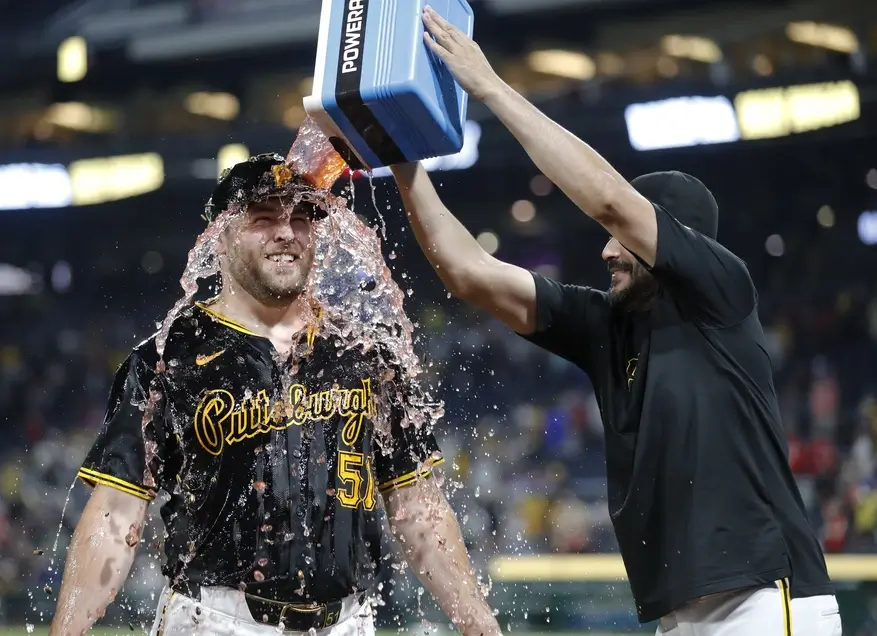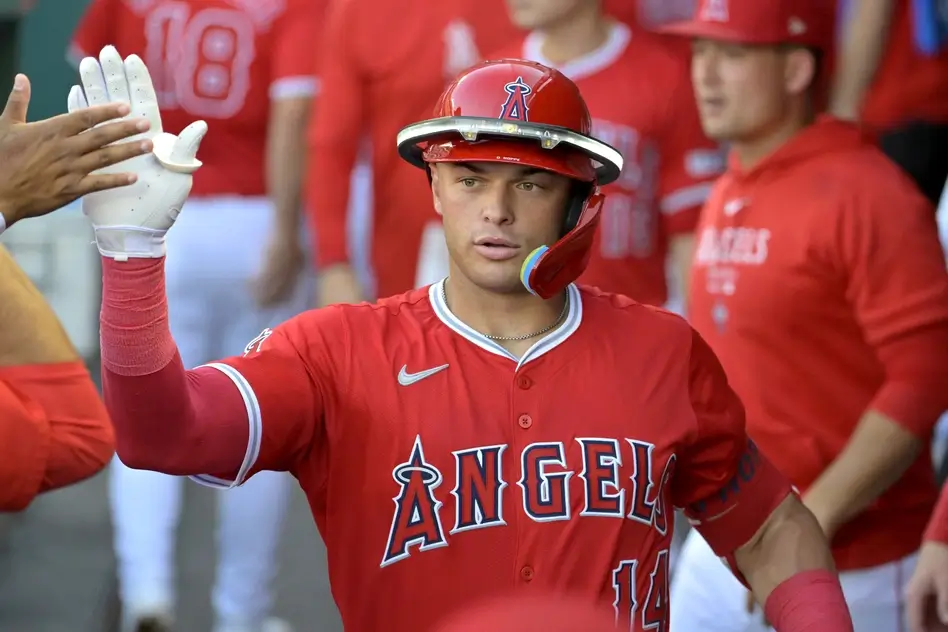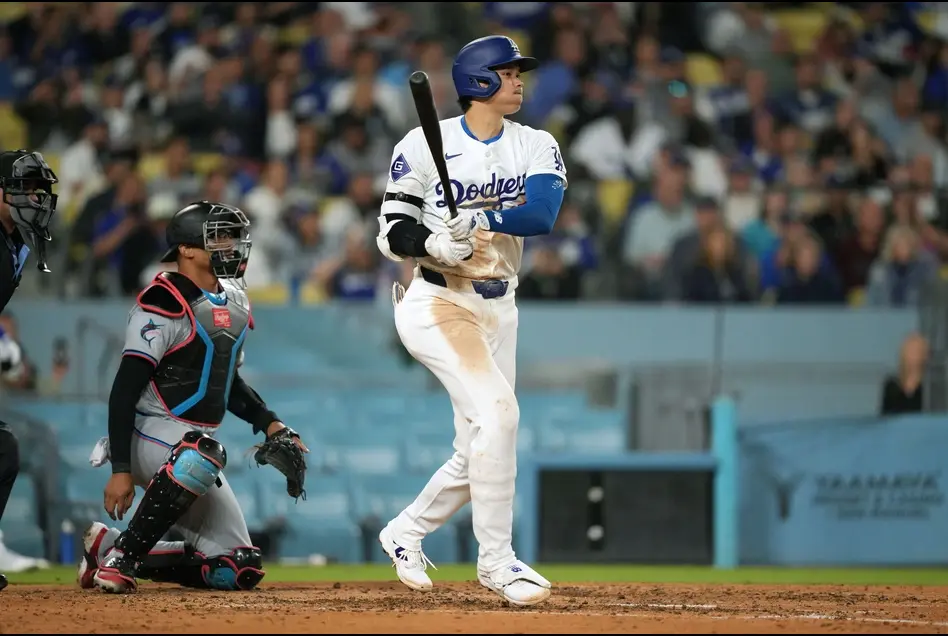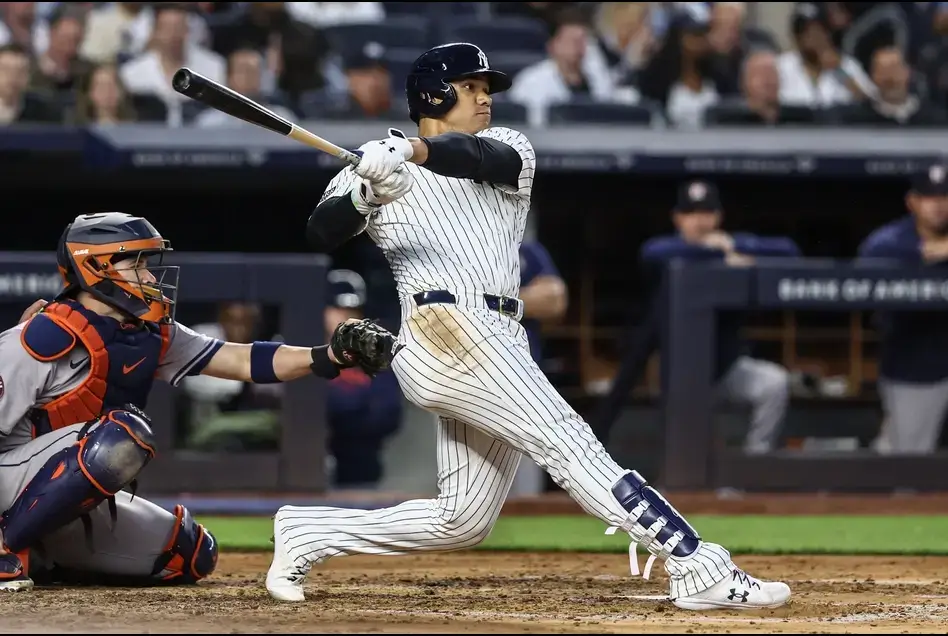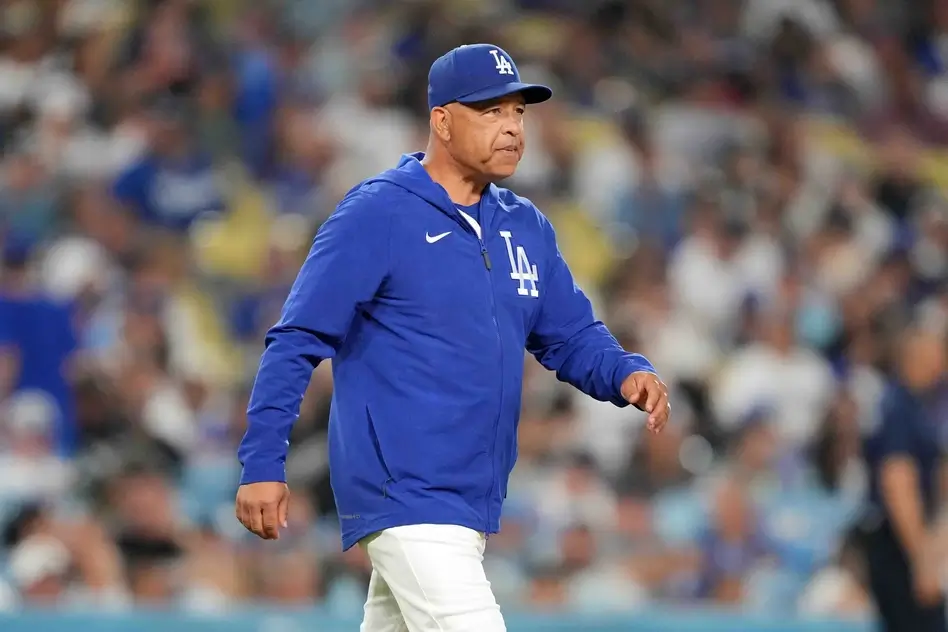While baseball rules on the field can be confusing at times, the off-field rules can also be confusing, which is why many fans need MLB waivers explained.
Baseball waivers are essential for all 30 teams, although they can be complicated for the average fan. But by going over the basics and answering the right questions, the MLB waiver wire starts to make a little more sense from all sides.
MLB waivers explained
If you would liked baseball waivers explained, we’re here to explain everything and answer your questions.
What does it mean to be put on Waivers in MLB?
When an MLB team puts a player on waivers, they are making him available to the rest of the league to claim as their own. It usually indicates that the team would be okay losing that player from the organization.
Putting a player on waivers is essential if a team wants to remove that player from their 40-man roster or send him to the minor leagues if they don’t have any minor league options left. Of course, if a team wants to outright cut ties with a player, they will place him on waivers.
At the same time, a player being put on waivers means the other 29 teams all have an opportunity to claim that player as their own if they’re interested in adding him to their roster. That being said, there are a few different possibilities once a player is waived, which can complicate things. There is no guarantee that player will be leaving his current team or not. However, when a player is put on waivers, that is a distinct possibility.
How long does a player stay on MLB Waivers?
When a player is placed on waivers, he stays there for 47 hours. Whether he is claimed or not and regardless of how many teams claim him, a player is always exposed to waivers for 47 hours.
This means there are two days for the 29 other teams to be informed that a certain player has been placed on waivers and decide whether or not they want to claim him. It’s also important for fans to understand that teams are not required to announce when a player has been placed on waivers.
At times, news of a player going on waivers could be leaked to the press. But most of the time, the 47 hours that a player spends on waivers are done in secret to everyone except for the front offices of all 30 MLB teams.
What happens when a player is claimed off Waivers?
Whenever a player is claimed off waivers, there are three ways for things to end. However, it’s first important to understand the MLB waiver order.
As mentioned, any of the 29 other teams in the league can claim a player on waivers. But if multiple teams put in a claim to the same player, it complicates matters. In that case, the preference goes to the teams in that league, meaning National League teams get first preference for a player put on waivers by a National League team and the same with American League teams.
From there, the preference goes to the team with the worst record, so if two National League teams claim an NL player, the team with the worst record wins the claim. If two American League teams are the only ones claiming an NL player, the team with the worst record wins the claim.
However, during the first month of the season, records from the previous year determine what team has the worst record.
Trades, claims and refusals
Once the winner of the waiver claim is determined, the first option is for the claiming team and the team waiving the player to work out a trade for that player. The two teams will have two business days to negotiate and agree to a trade. If they can’t agree on a trade, the waiver is essentially canceled and the player remains with his current team.
The second option is for the team that placed the player on waivers to refuse the claim by the other team. This was far more common before 2019 when trades made after the July trade deadline were allowed if the player had successfully passed through waivers. However, it’s still possible for the team putting the player on waivers to refuse a claim if they decide they don’t want to lose that player or perhaps don’t want him going to a particular team.
The third option for a player’s current team if he is claimed on waivers is to do nothing. If they accept the claim from the other team, the team making that claim must add that player to their active big league roster. At the same time, a successful claim also means that the claiming team assumes the remaining contract of that player and pays a waiver fee to the team that waived the player. In other words, teams don’t typically make waiver claims unless they want that player on their roster and are fine paying the rest of his contract.
Why do teams use waivers?
As mentioned, teams typically waive players if they want to get rid of them, preferably if they also want to be free of the remaining money on their contract.
However, if players are owed a lot of money, it’s rare for them to be claimed.
A team may also use waivers if a player is out of minor league options and they don’t have a roster spot for him anymore. In order to keep him in the organization and send him back to the minors, that player needs to pass through waivers without being claimed.
Can players refuse a Waiver claim?
Players who are placed on waivers can’t refuse to go to a new team if they are claimed or claimed and then traded.
If another team works out a trade or is willing to take on their contract, that player must accept going to their new team. However, veteran players can refuse an assignment to the minor leagues and instead choose to become a free agent.
In that case, the team that put them on outright waivers would still be responsible for their remaining contract.



